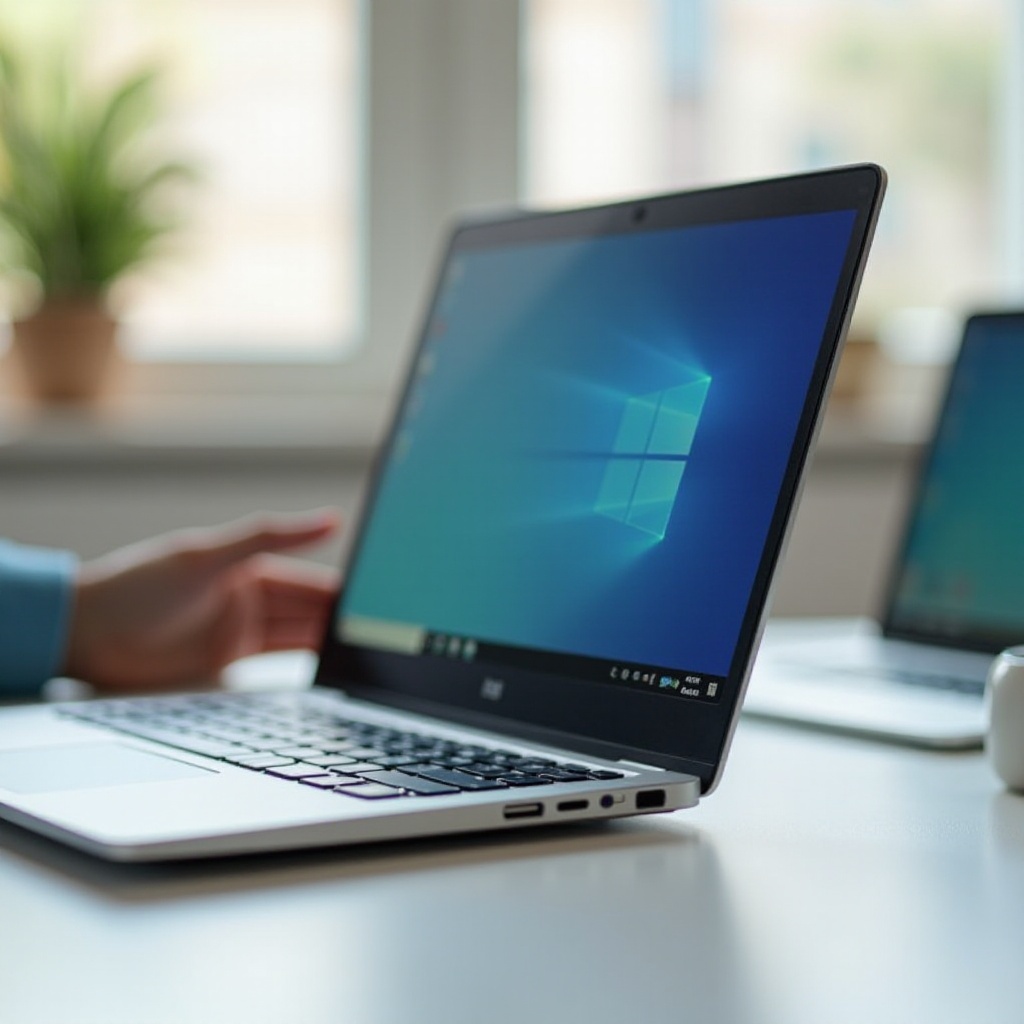Introduction
Whether you’re looking to enhance the user experience or add a new feature to your device, turning a Chromebook into a touch screen can be a compelling project. Touch screens enable more interactive and intuitive use, transforming the way you interact with your laptop. From taking notes to drawing and navigating, a touch screen can make various tasks easier and more enjoyable. This blog will provide you with all the information you need to determine whether your Chromebook can support a touch screen, and if not, how you can make it so externally or through modifications.

Understanding Your Chromebook
Before diving into methods to turn your Chromebook into a touch screen, it is essential to understand the specifications and limitations of your device. Chromebooks, a type of laptop running Google’s Chrome OS, come in various models with unique hardware configurations. Some models already include touch screen capabilities, but this feature is not universal across all Chromebooks.
Knowing your Chromebook’s model and specifications will help you decide the best approach to convert it to a touch screen, or if you need to consider alternative solutions. Check the user manual or specifications list, usually found on the manufacturer’s website, to gain insight into your device’s hardware.

Checking for Built-in Touch Screen Capability
The first step in converting your Chromebook to a touch screen is to determine whether the hardware already includes this functionality. Some Chromebooks are designed with touch screens, but the feature may be disabled or require specific settings to activate.
- Check your model’s specifications on the manufacturer’s official site.
- Look for any mentions of touch screen or multi-touch capabilities.
- If the feature is present, navigate to your Chromebook’s settings.
In Settings, go to the ‘Device’ section and explore options related to display and touch screen. Activating these settings can enable the built-in touch support.
Using External Touch Screen Devices
If your Chromebook doesn’t have built-in touch screen capabilities, consider using external touch screen devices. This method is relatively straightforward and doesn’t involve altering your Chromebook’s internal hardware.
External Monitors
External monitors with touch screen functionality can be connected through your Chromebook’s HDMI or USB ports. These monitors often come with multi-touch capabilities and can be used as a primary or secondary screen.
Touch Screen Add-on Kits
Touch screen add-on kits are another viable option. These kits are composed of a touch-sensitive overlay and a controller board, which can be attached to your Chromebook’s existing display.
Compatibility and Setup
When choosing an external monitor or an add-on kit, ensure it is compatible with your Chromebook’s model. Follow the manufacturer’s setup instructions to connect the device seamlessly. Connecting external devices usually requires simple plug-and-play, while add-on kits might need some technical expertise for proper application.

Software Solutions
To enhance your touch screen experience, it’s crucial to explore software settings and applications that support touch functionality. Software tweaks can also replicate touch features for better compatibility with external devices.
Chrome OS Settings
In Chrome OS, adjustments to make the most of touch screen capabilities include enabling on-screen keyboards and touch-friendly user interfaces. Explore the ‘Accessibility’ settings for additional customization.
Touch Screen Apps
Specific apps are optimized for touch screen use, including drawing, note-taking, and interactive web browsing applications. Ensure these apps are installed and updated to support your touch screen hardware.
Extensions and Updates
Chrome Web Store offers extensions designed to enhance touch screen usability further. Keep your Chrome OS updated to the latest version to ensure all touch screen features work efficiently and seamlessly.
DIY Hardware Modifications
For those who are more technically inclined, DIY hardware modifications can be an exciting project to turn your non-touch Chromebook into a touch screen device.
Tools and Materials Needed
Modifying your Chromebook’s hardware requires several tools and materials:
– Precision screwdriver set
– Touch screen digitizer compatible with your screen size
– Touch screen controller board
– Adhesive materials
– Anti-static wrist strap
Step-by-Step Guide
- Disassemble: Turn off and carefully open your Chromebook using a precision screwdriver.
- Remove the bezel and screen: Detach the bezel and screen, ensuring you do not damage internal components.
- Install the digitizer: Attach the touch screen digitizer onto your Chromebook’s screen and connect the controller board.
- Reassemble: Put the screen and bezel back in place.
- Power-On and Test: Start your Chromebook and test the touch screen functionality.
Risks and Considerations
DIY modifications could void your warranty and potentially harm your device if not done correctly. Proceed with caution, and if unsure, seek professional assistance.
Conclusion
Turning your Chromebook into a touch screen can significantly enhance its functionality, making navigation more intuitive and enabling new methods of interaction. While some Chromebooks come with built-in support, others can be adapted with external devices or through hardware and software tweaks. Assess your Chromebook’s capabilities, explore compatible extensions or hardware upgrades, and follow through with caution, keeping potential risks in mind.
Frequently Asked Questions
Can I convert any Chromebook to a touch screen?
Not all models support touch screen conversion. Check your model’s specifications for compatibility.
Will converting my Chromebook to a touch screen affect my warranty?
Modifying hardware may void your warranty. Verify your warranty terms and consider professional help.
What are alternative options if I cannot convert my Chromebook to a touch screen?
Consider using external touch screen monitors or apps that simulate touch screen experiences.